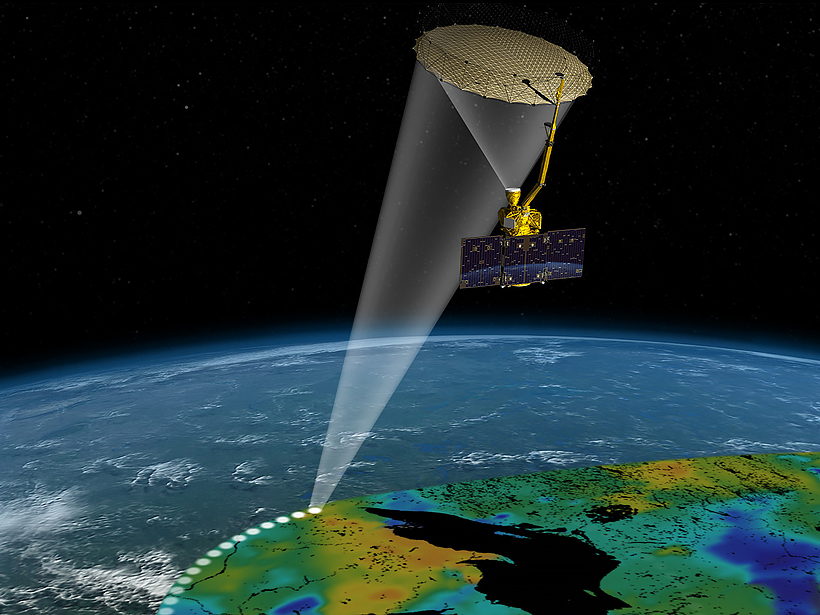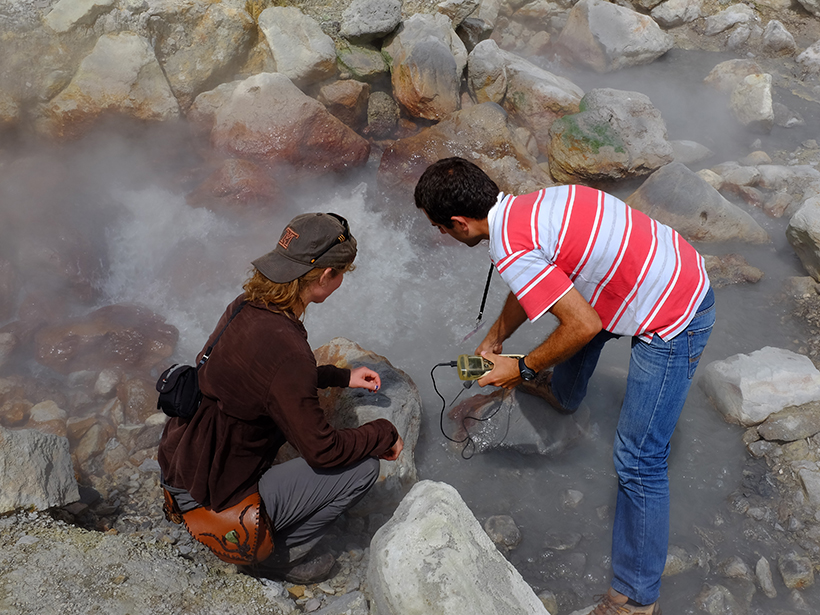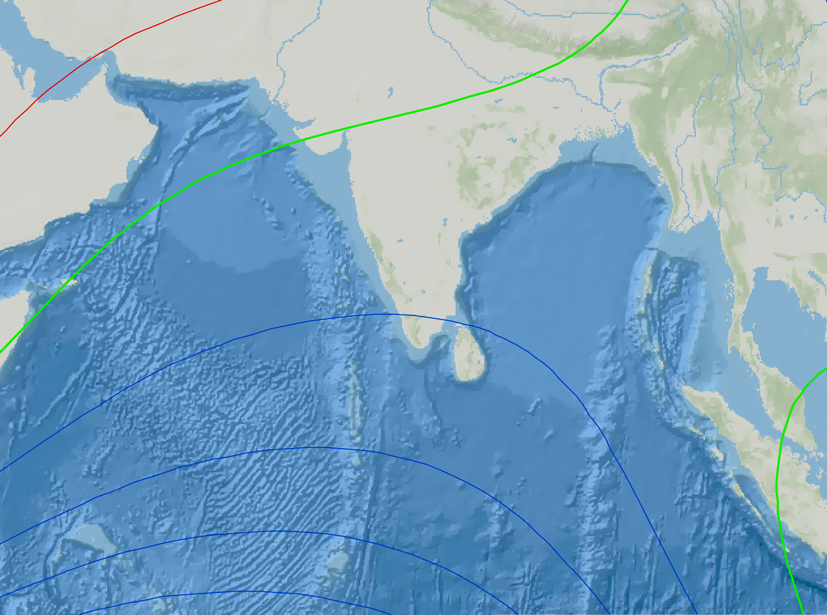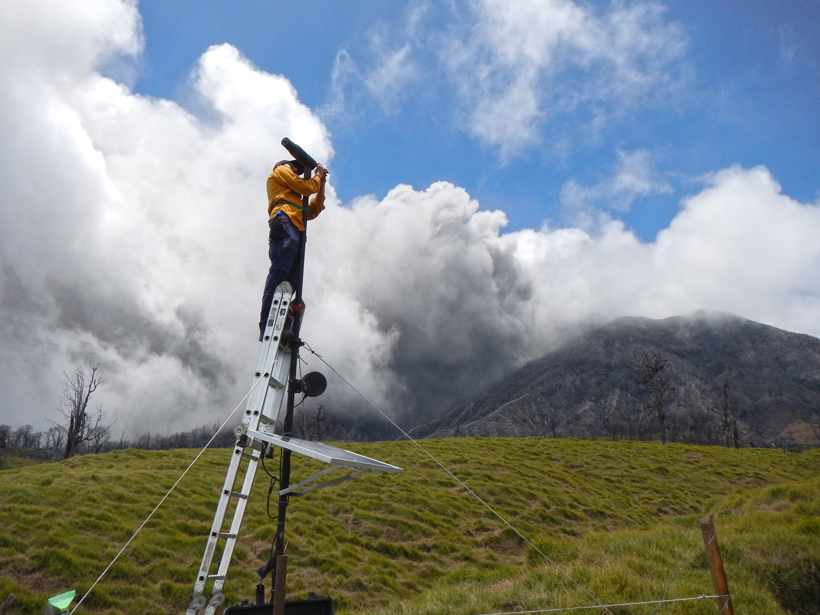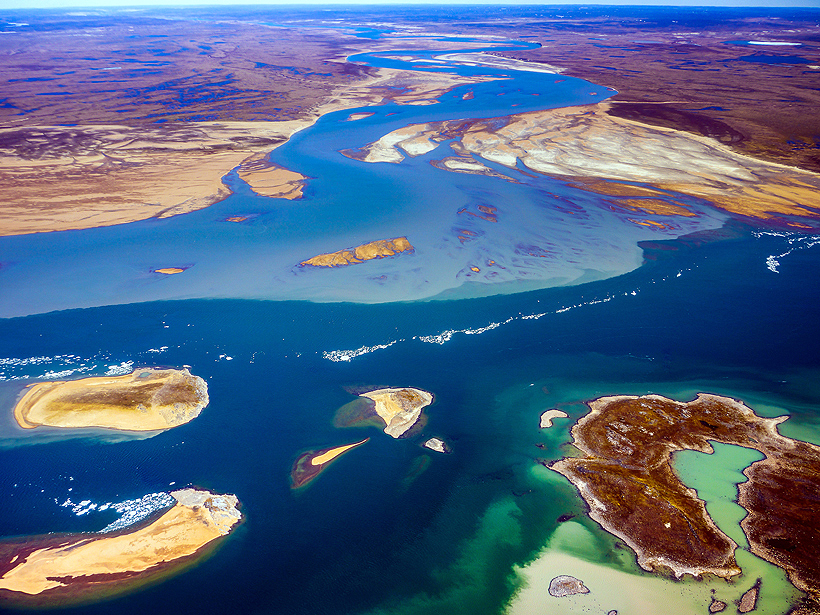Shales at All Scales: Exploring Coupled Processes Workshop; Santa Fe, New Mexico, 9–11 June 2015
Science Updates
Satellite Data for Water Resources Management
2015 NASA Applied Sciences Program, Water Resources Team Meeting; College Park, Md., 3–4 March 2015
Drone Squadron to Take Earth Monitoring to New Heights
Scientists will soon be able to call on a community fleet of unmanned aircraft systems to perform environmental studies.
Helping Early-Career Researchers Succeed
Early-career scientists face many hurdles. Targeted programs can help them build skills, ease workloads, and form the collaborations they need to advance their careers.
A Weather Eye on Coastal Winds
New satellite radar image-processing system provides wind speed maps with an unprecedented degree of precision. Such maps will help coastal communities prepare for wind-related hazards.
Forecasting and Communicating Risk of Rip Currents, Wave Runup
NOAA Coastal Hazards Resilience Workshop—Rip Currents and Wave Runup; Suffolk, Virginia, 14–16 April 2015
Making the Northern Indian Ocean a Hub of Geomagnetic Data
A new initiative seeks to unite and network the magnetic research community in the northern Indian Ocean region.
The Importance of Dunes on a Variety of Planetary Surfaces
The Fourth International Planetary Dunes Workshop: Integrating Models, Remote Sensing, and Field Data; Boise, Idaho, 19–22 May 2015
Monitoring Gas Emissions Can Help Forecast Volcanic Eruptions
5th Meeting of the Network for Observation of Volcanic and Atmospheric Change; Turrialba Volcano, Costa Rica, 27 April to 1 May 2015
Small Rivers Could Have Big Impact on Arctic Ocean
The Mackenzie River carries the bulk of freshwater flow from North America's tundra to the North Atlantic. But what about the effects of smaller rivers from Canada's Arctic islands?


